2023 has in many ways been a challenging and strange year with many incidents and problems.
However for Maersk Customs Services and Global Trade and Customs Consulting (GTCC) it has been a very siccessful year.
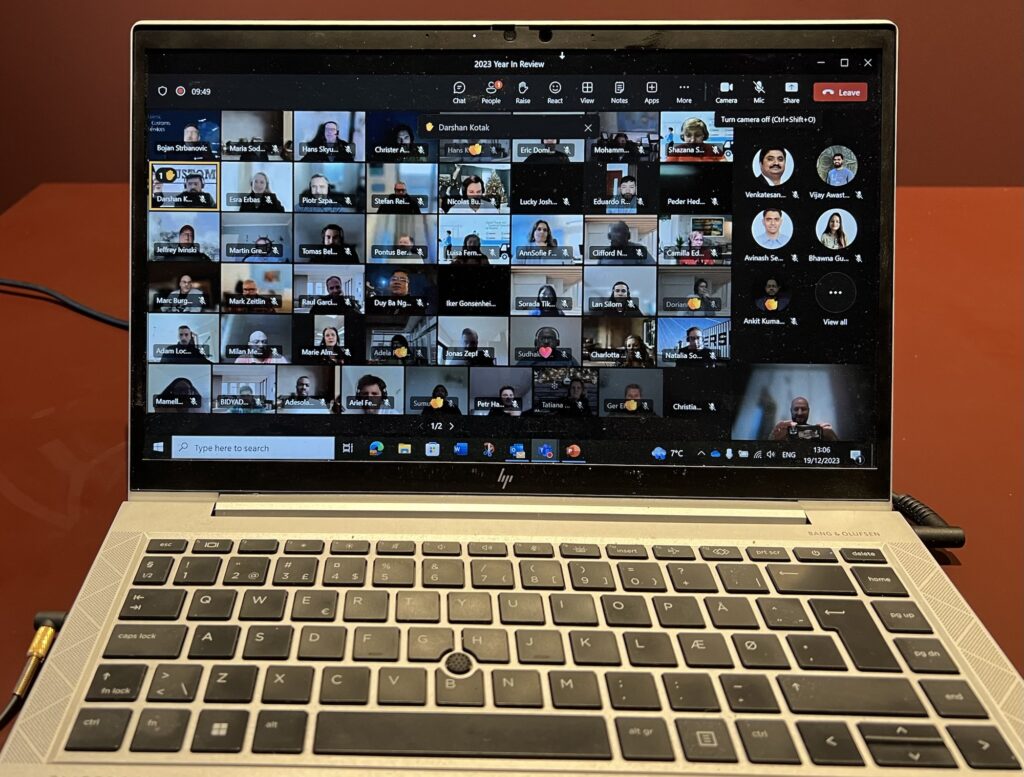
When we earlier this week sunmarized the year we can look back on outstanding growth, great financial results and amazing delivery.
We are only in the start of a magnificant journey that will continue our journey toward becoming an integrator of trade with customs in the heart of our digital end-to-end integrated solutions.
The powerful diesel engine roars as the water taxi cuts through the choppy water that connects Rotterdam’s gritty port areas to what remains of the city’s historic maritime grandeur.
As the yellow speedboat docks in front of the glamorous Hotel New York, the city’s global shipping heritage is there for all to see.
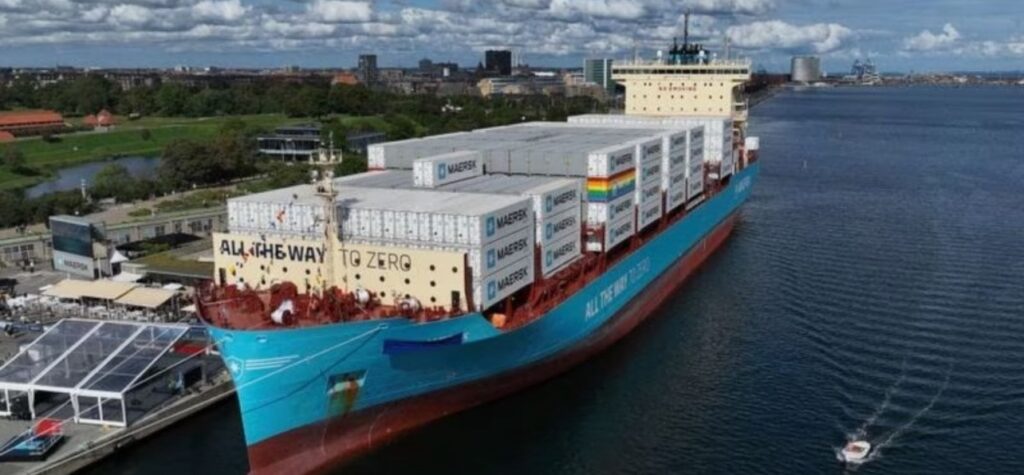
The 122-year-old building, one of few to survive the extensive bombing of Rotterdam in World War Two, was originally the headquarters of Dutch shipping company Holland America Line. The firm’s name is still adorned on the front of the building in large letters.
Next door, from its headquarters in a skyscraper that vaguely resembles a lighthouse, the Port of Rotterdam Authority is keen to shine a light on the future of shipping rather than look back on its past. More specifically, it is focusing its spotlight on how the sector can continue efforts to reduce it emissions.
As the manager and operator of Europe’s largest port, the authority has partnered with its opposite number in Singapore to create one of the world’s first new, long-distance green shipping corridors.
The idea behind these corridors is that cargo ships travel along the routes using only zero or low emission fuels. To help make this possible, both Rotterdam and Singapore are building new storage facilities for green fuels, such as ammonia and methanol, as alternatives to fuel oil.
Ammonia is a gas produced by fusing hydrogen with nitrogen. It is called “green ammonia” if the hydrogen is produced using 100% renewable energy. Meanwhile, methanol is a form of alcohol that can also be produced with green energy.
The Port of Rotterdam’s interim chief executive, Boudewijn Siemons, says the link-up between the Dutch city and Singapore aims to show how the concept can practically work.
“It’s a pragmatic approach to carbon reduction in shipping,” he says. “We have to get started somewhere, and you cannot get started by implementing zero emission shipping as a total solution everywhere in the world.
“That’s why we’re seeking these green corridors as proof points on a limited scale. We then have to scale up from there.”
In September of this year, the first container ship sailed between Singapore and Rotterdam in this green way. Called the Laura Maersk, it was powered by methanol, which currently delivers an up to 65% reduction in greenhouse gas emissions compared to burning fossil fuels.
The green corridors concept was born at COP26, the global environment summit held in Glasgow, Scotland in 2021. Called the Clydebank Declaration, and agreed by 22 countries including the UK, it included a commitment to create at least six corridors by the middle of this decade.
This month’s COP28 in the United Arab Emirates saw the announcement of new corridors, including one from Canada’s west coast to Korea and Japan, one in the Caribbean, and another between Houston in the US and Belgium’s Antwerp.
It followed a pledge by the International Maritime Organisation, which represents the shipping industry, that the sector will achieve net-zero emissions “by or around” 2050.
While ports such as Rotterdam are continuing to prepare for the switch to zero emission shipping, it is clear that ship builders face an equally big challenge.
Industry figures show that just 0.6% of cargo ships around the world run on alternative fuels, and only 15 to 16% of vessels currently on order will run on dual or alternative fuels.
Yet there is some high-profile demand for more green shipping, such as from online shopping giant Amazon. The firm, a founding member of the Zero-Emission Maritime Buyers Alliance, along with other companies such as furniture group Ikea and clothing firm Patagonia, recently renewed a reduced emissions contract with shipping giant Maersk.
Meanwhile, cargo firm North Sea Container Line is launching a ship powered by ammonia, which will operate between Norway and Germany. And Hoegh Autoliners, which specialises in transporting cars and trains, is building 12 new ammonia-ready ships.
Lynn Loo is the chief executive of the Global Centre for Maritime Decarbonisation, a body that promotes the move to green fuels in the industry. She forecasts that ammonia production could double or even treble by 2050.
Ms Loo says there needs to be “a dramatic rise in the number of vessels capable of transporting ammonia from the 200 that are on the water today”. She adds that there also needs to be “significant infrastructure buildout to support the much higher throughput of ammonia in the future”.
Source:BBC
Appeal to investors: according to prof. Jeffrey Sachs, American economist and bestselling author, Africa will achieve the same progress of China in the next 40 years. It’s therefore the place that investments should target, but there are some conditions that African government should ensure.
Not only infrastructure develpment, but also development of human capital. Moreover, stop borrowing short-term it is his warning. Economic development is a long term process and cannot be funded by short term loans:
Jeffrey Sachs is one of the most acknowledged global experts on capacity building and development.
I had the pleasure to meet Professor Sachs several times during my time as Director of Capacity Building in World Customs Organization, a voice worth listening to.
Source: AfricanThinkTankGroup
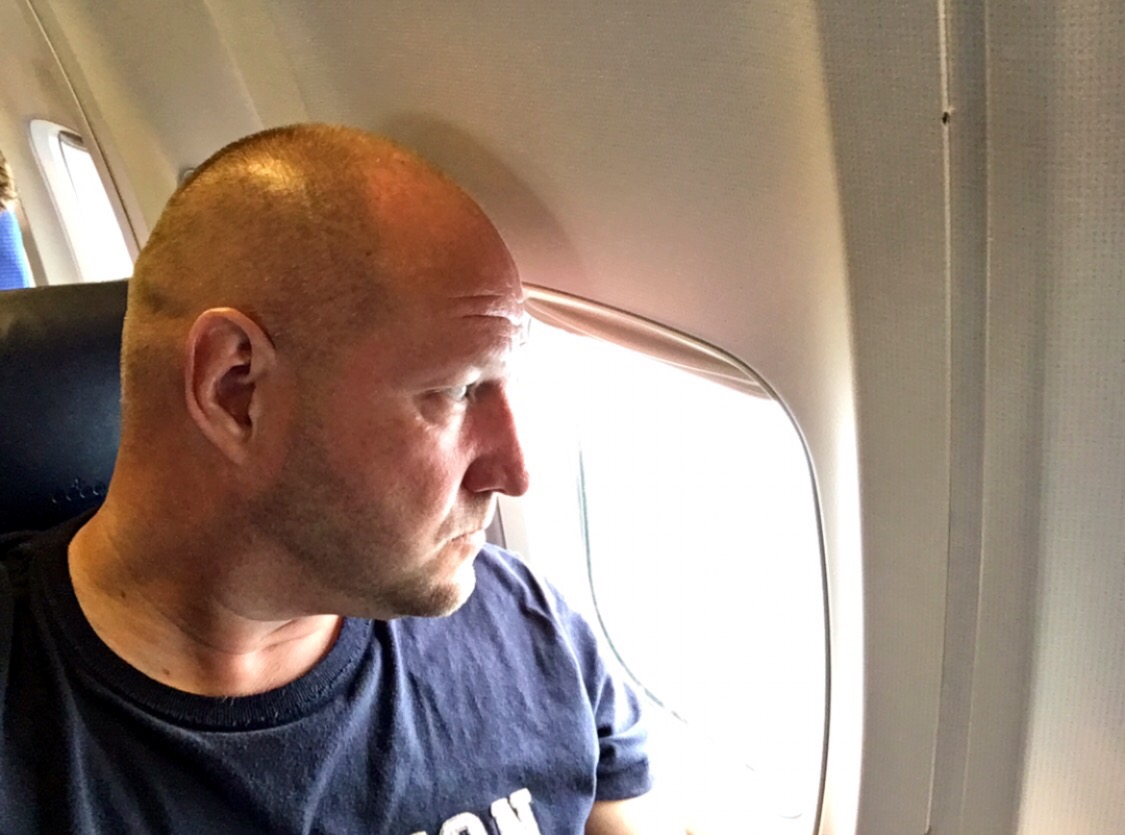
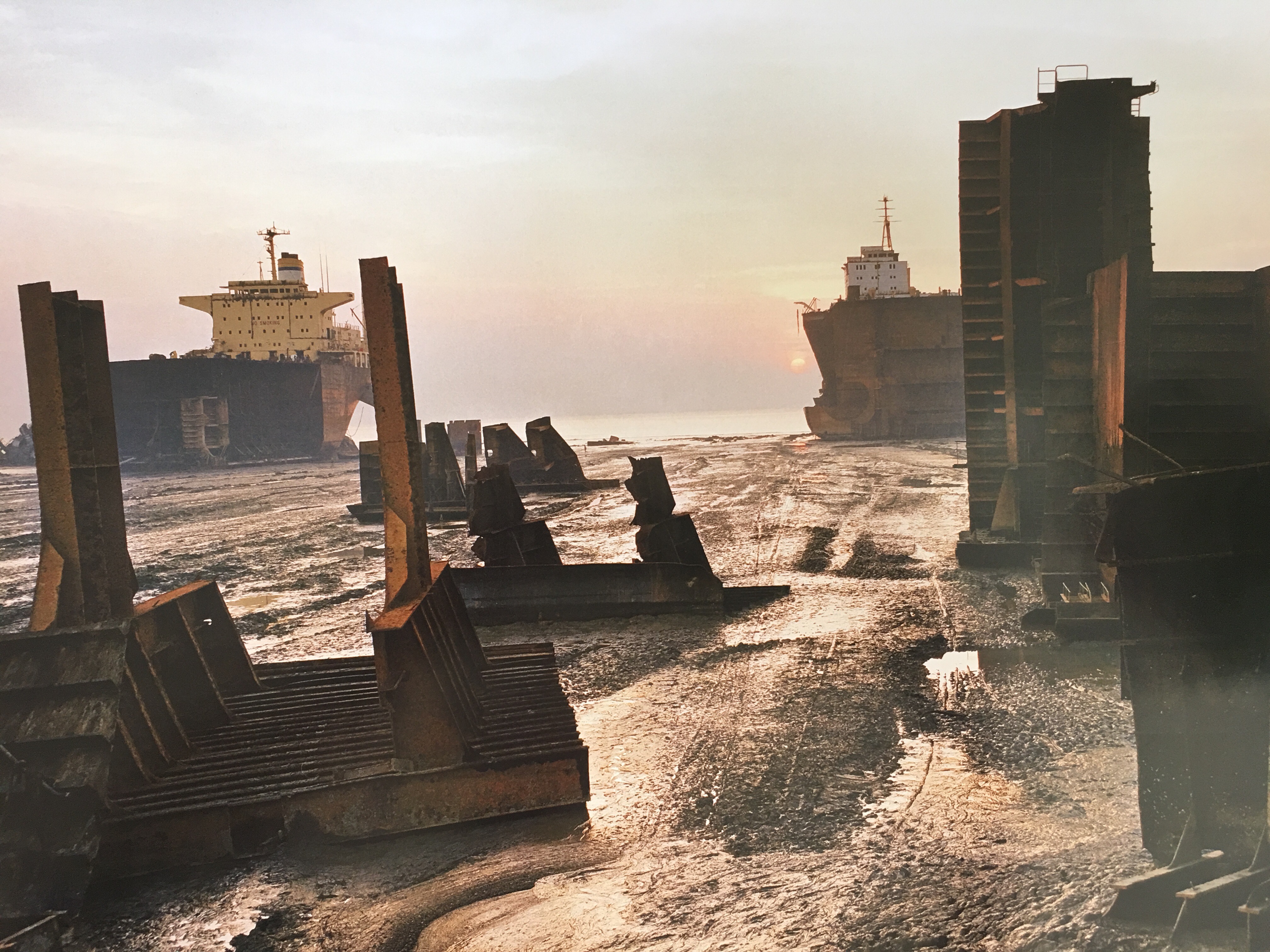
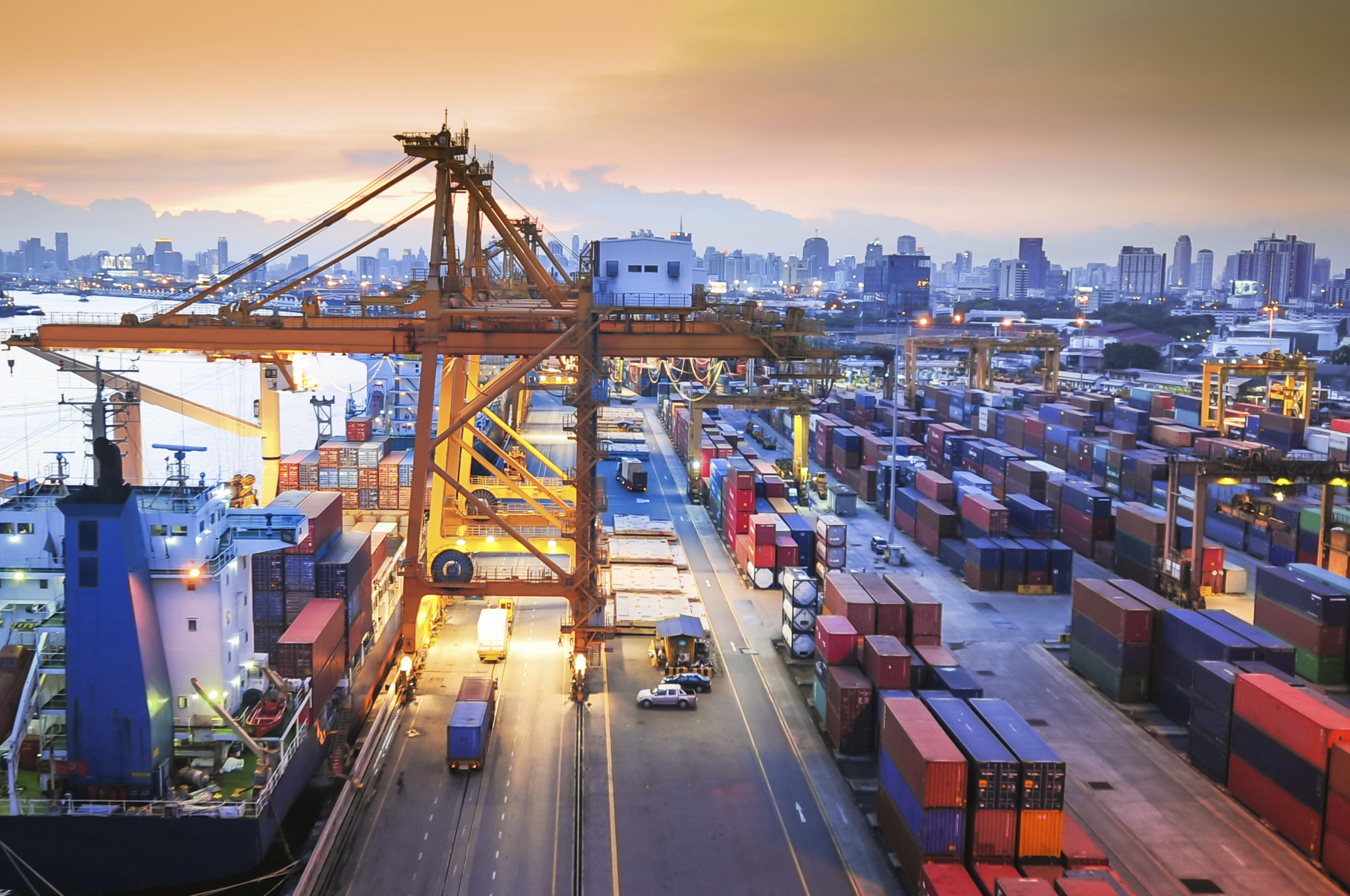
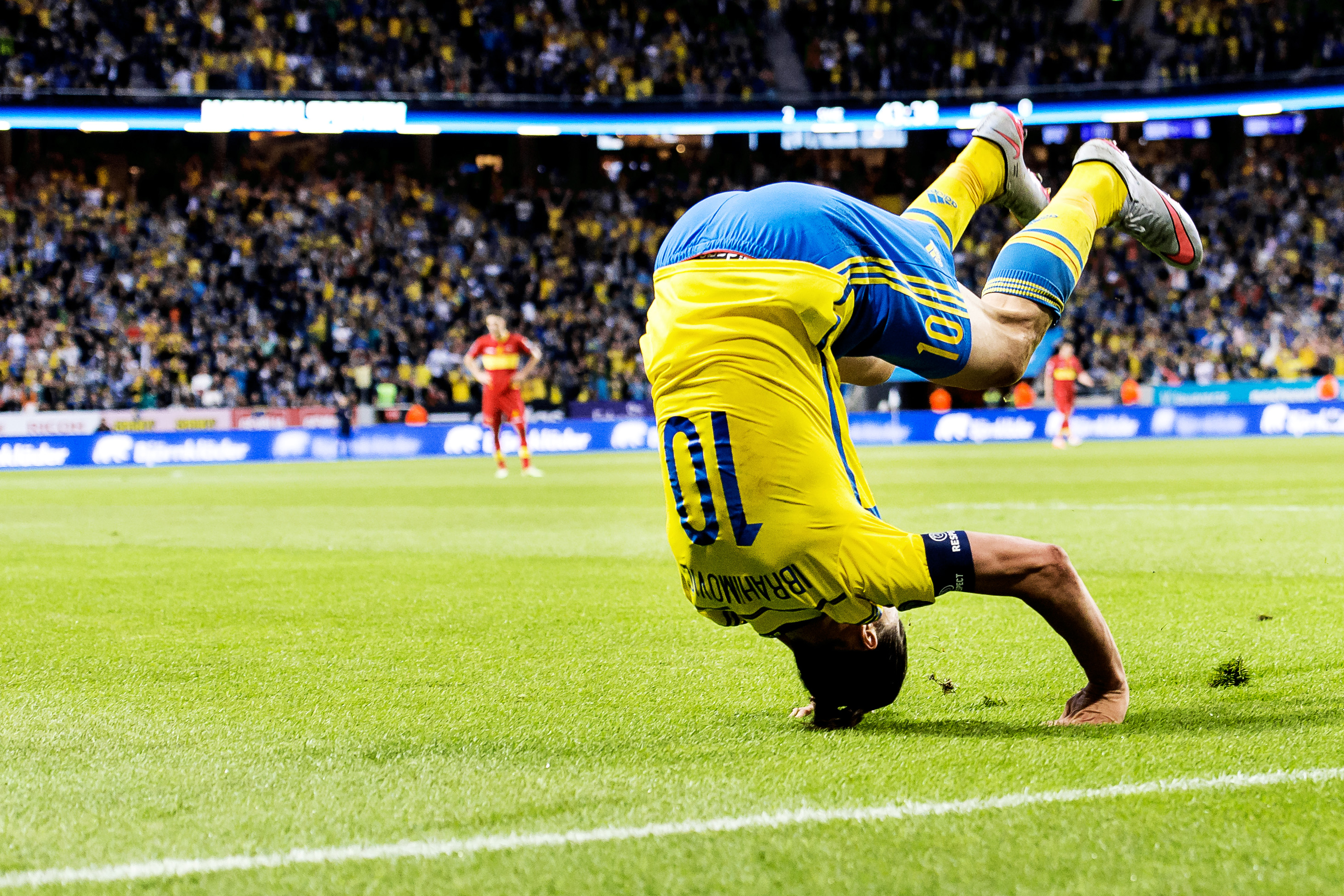
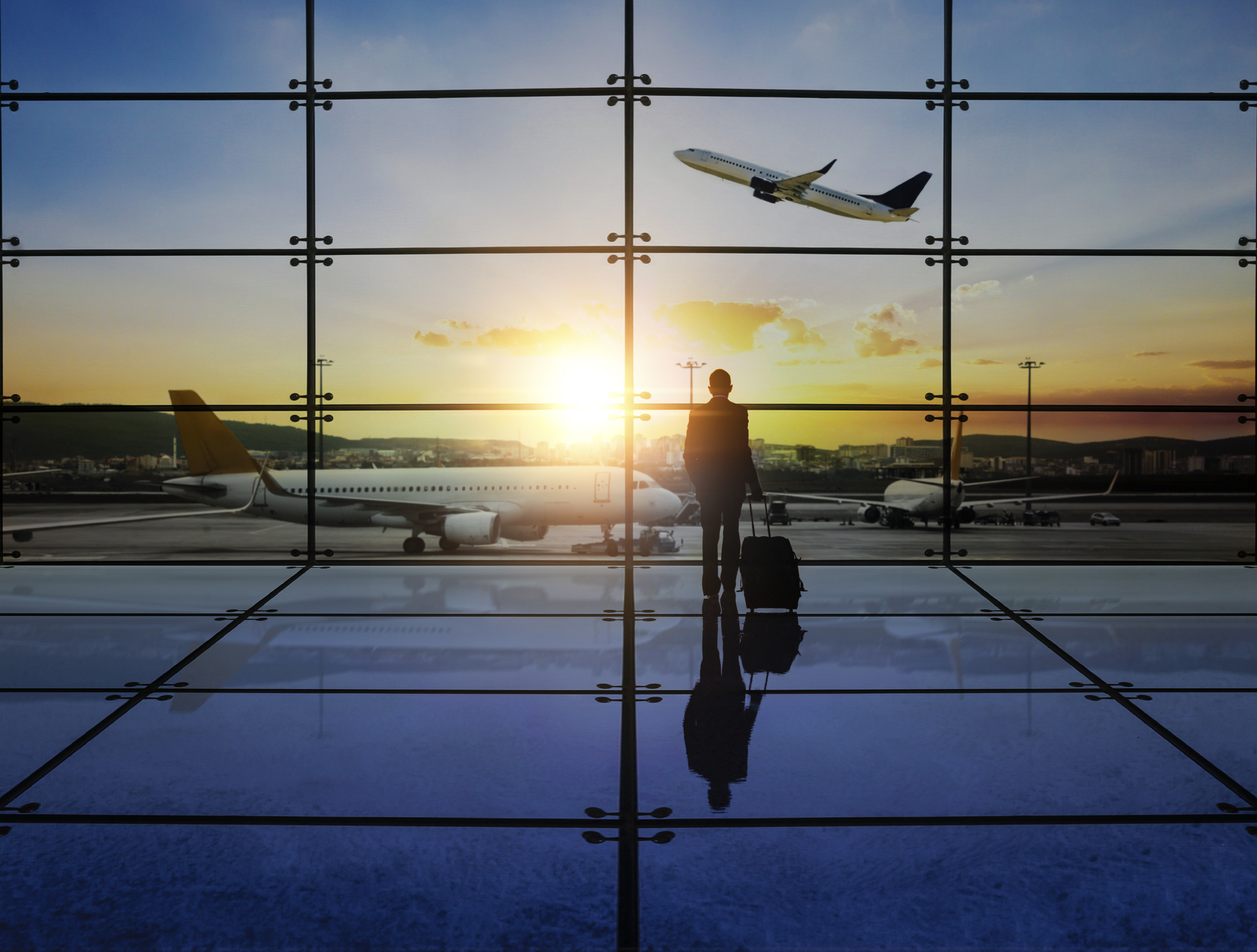
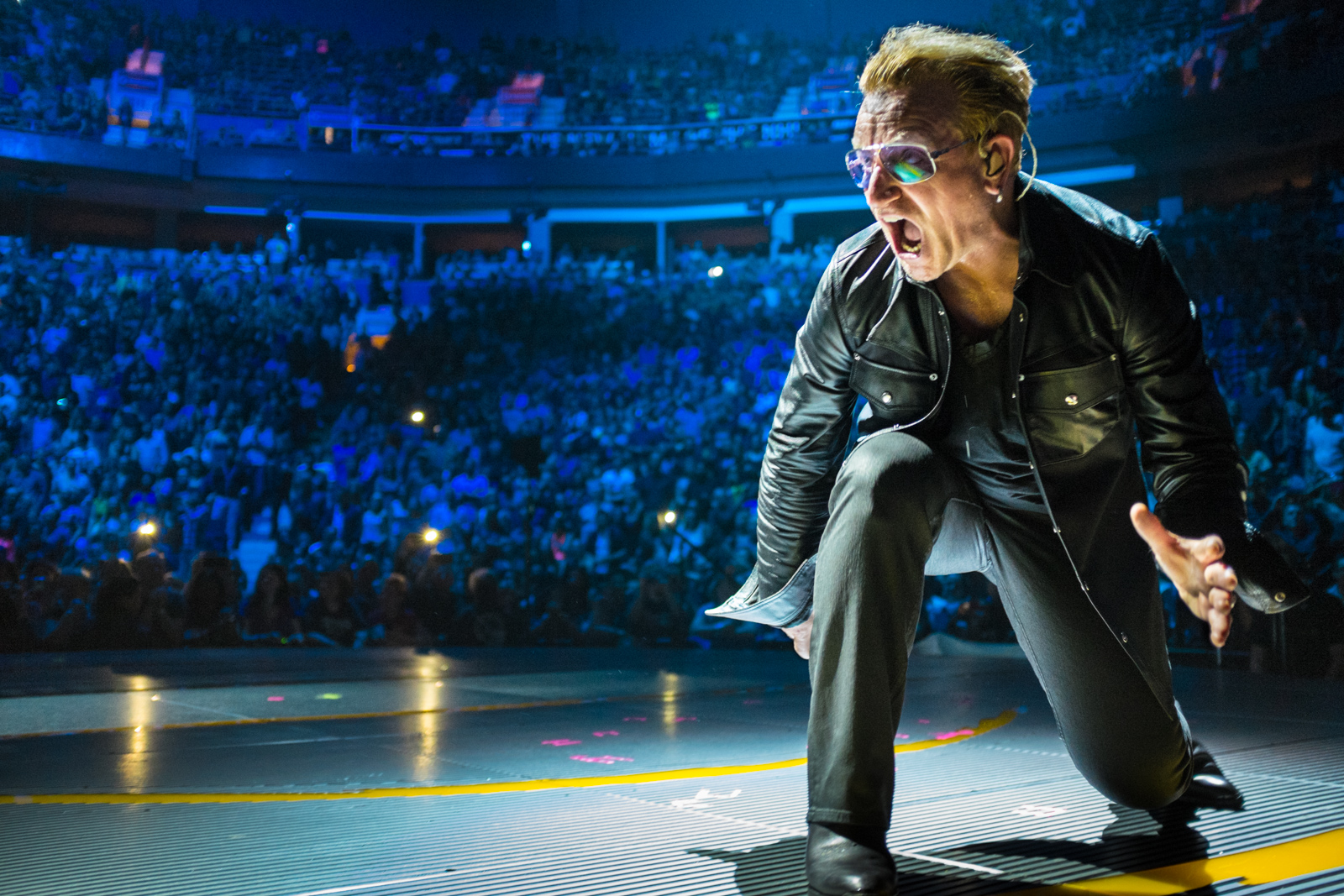
You must be logged in to post a comment.